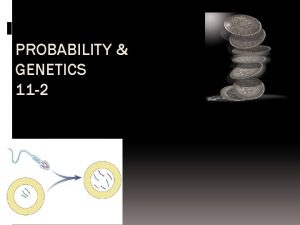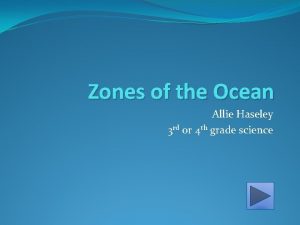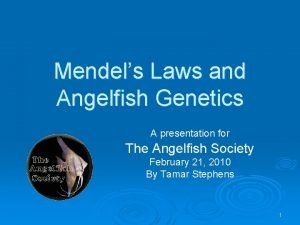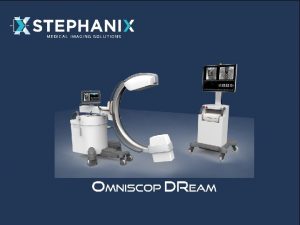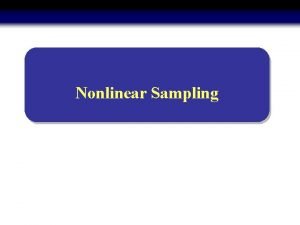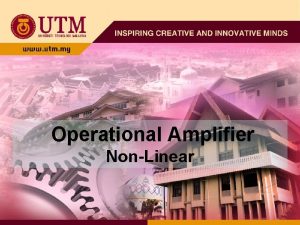Nonlinear Evolution of Angelfish XP Goals Thoroughly document






- Slides: 6

Nonlinear Evolution of Angelfish XP Goals • Thoroughly document Angelfish with new diagnostics (especially reflectometers & FIDA) • Apply HHFW to alter frequency chirping

Considerable analysis can be done if available data is acquired Dispersion relation: Resonance condition:

Frequency Chirping may be explained by the Berk. Breizman model • Chirping is caused by holes & clumps that propagate in phase space--resonant ions are trapped in the instability wave field • Increased pitch-angle scattering knocks ions out of resonance, suppressing chirping. • Berk-Breizman model consistent with several experiments

HHFW Effect on Angelfish in previous experiment Plasma Phys. Cont. Fusion 48 (2006) 1347.

Most Angelfish Observations are at Low Toroidal Field Old database (Fredrickson) Tentative* Reference Shot: 128783 (700 k. A, 3. 5 k. G) *Will switch if better case observed in 2010 campaign

Experiment Outline: 1. Reproduce good Angelfish shot 1 a. If no Angelfish, try different beam sources. If still no Angelfish, lower toroidal field. 1 b. If Angelfish only occur briefly, flat-top plasma current earlier. 2. Adjust density for optimal reflectometer data (as necessary). 3. Apply 30 ms HHFW pulses during Angelfish. 3 a. If effect on neutron rate is small, change HHFW phasing. 4. If HHFW has an effect on the Angelfish, run several repeat shots with and without RF to confirm reproducibility. 5. Beam notches in best cases to check FIDA/NPA data. 6. If HHFW has an effect, lower HHFW power to find the threshold for suppressed frequency chirping.


